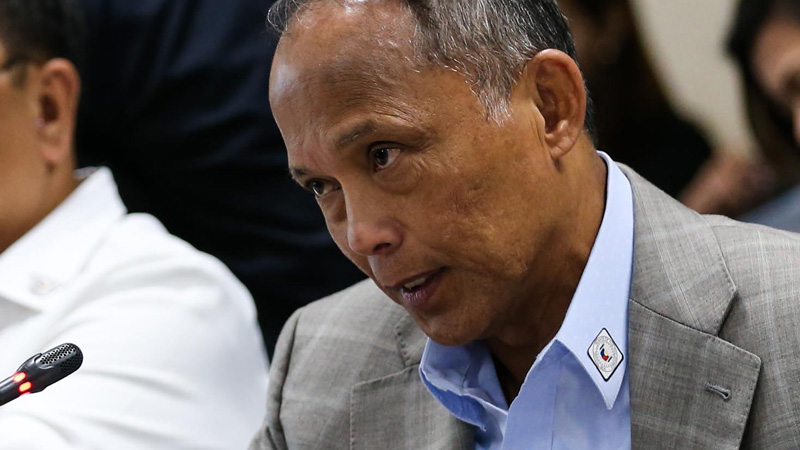The Philippines should orient its efforts toward liquefied natural gas (LNG) as a power source for electricity to promote fuel diversification for energy stability and affordability, Energy Secretary Alfonso Cusi said on Friday.
“As an emerging LNG market in Asia, my country, the Philippines can take advantage of the current period of oversupply and the relatively low prices of LNG,” Cusi said.
To this effect, the Energy chief presented a roadmap for the development of the local LNG sector during the LNG Producer-Consumer Conference 2016 in Japan earlier this week.
Currently, the Philippines only has the Malampaya gas field in this sector, where 98 percent of total production is used for power generation by supplying fuel to five natural gas plants in Batangas, namely Ilijan, Sta. Rita, San Lorenzo, San Gabriel and Avion with a total installed capacity of 3,211 megawatts (MW). These plants provide the electricity requirement of Luzon all the way to Visayas.
As the country prepares for the depletion of Malampaya’s supply by mid-2020s, Cusi pointed out natural gas project prospects in the country for Japanese and other international investors to potentially develop. These include LNG importation, off-grid or missionary islands conversion to natural gas power plants and even non-power applications, such as in transportation.
Stressing the efficiency of LNG, Cusi explained that it can provide the demand from baseload, mid-merit and peaking requirements and can compete with other fuel sources that can address the least-cost optimal electricity from such demand centers.
During the Japan forum, Cusi also encouraged the international community to tighten partnerships in further developing and promoting the LNG industry, especially in the Philippines.



